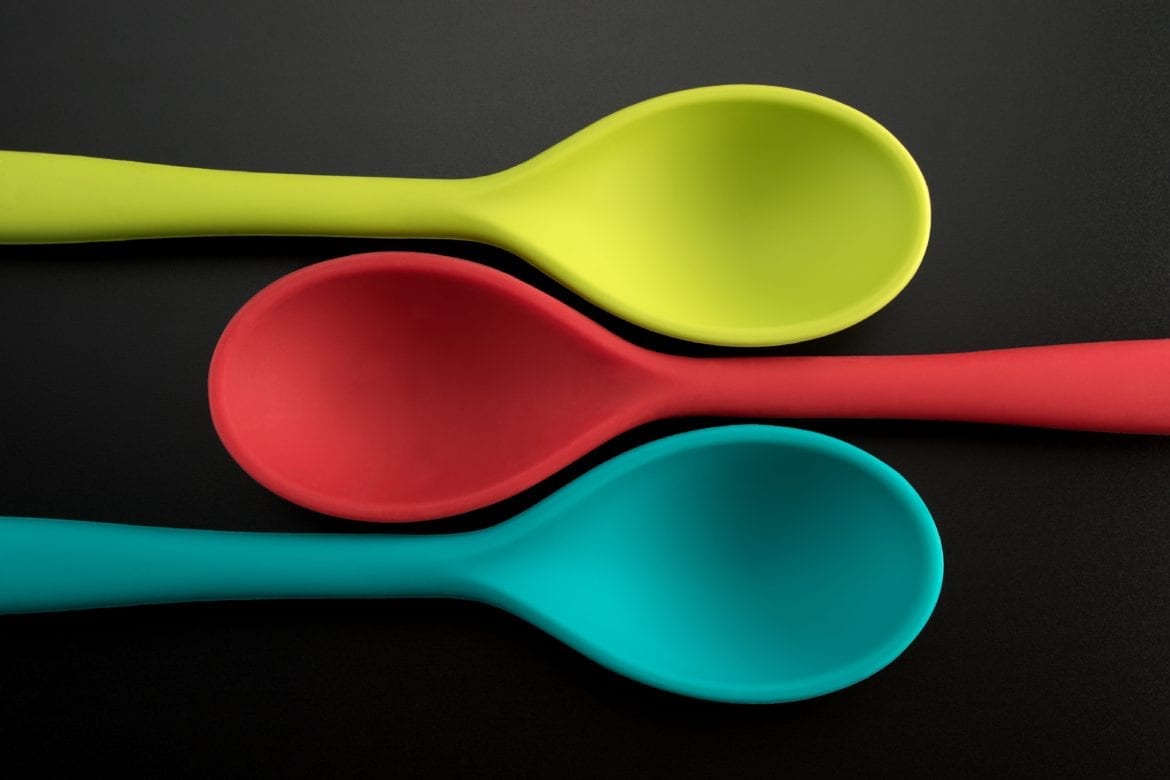|
Getting your Trinity Audio player ready...
|
A growing number of publishers looking to diversify their revenue portfolio are combining their editorial judgment and creative services to create consumer products for their audiences.
Over the past year, publishers like Hearst, BuzzFeed, and Clique Brands have launched physical products either on their own or in partnership with other brands. Apart from bringing in additional revenues, this move helps publishers demonstrate their potential for driving sales for their partners. The rationale being that besides content creation and marketing abilities, publishers also have access to potential customers and audience insights that can help inform products and target demographics.
The ability to co-create products makes us more desirable as a partner. They’re (advertisers) interested in the scope of data we have.
Hillary Kerr, Co-founder, and Chief Content Officer, Clique Brands (formerly Clique Media Group)
The publisher as a product developer
Hearst has built a 15-strong product studio team that does creative ideation, product development, and marketing all the way down to fulfillment and customer service. The publisher developed and launched a feature-rich, high-end yoga mat, the Backslash Fit last year. Through this product, Hearst also demonstrated how it could promote a product to its audience through ad campaigns, product reviews on its sites and targeted promotions through email newsletters. The publisher is planning to launch around 10 products this year.
People really do believe in buying products from our brands. So how do we go a little deeper and have more skin in the game but have deeper connections with our audience? That’s important to us over the next couple of years.
Sheel Shah, Head of Consumer Products, Hearst
The publisher as a consultant
BuzzFeed’s commerce team has developed full product lines for its brands Tasty and Goodful. It also offers consultancy services to brands, helping them solve business challenges and develop products. Some of the brands the team has worked with include lawn-care giant Scotts Miracle-Gro and cosmetics brand Maybelline. According to Amy Whang, Senior VP at Maybelline, “BuzzFeed could tell us what younger people are looking for and what’s on trend and what people will buy. We’re always looking to respond to the market quickly, so we wanted something that we could put together in a couple of months.”
However, according to Cassandra Stevens, Global Commerce Director at Zenith, a marketing consultancy owned by the Publicis Groupe, “Shopping the product is just the beginning, and for the most part, publishers aren’t able to scale products in the way a retailer would in order to make deep enough connections with audiences.” But that doesn’t mean its a short term strategy. “It can work as a testbed for publishers to learn how to work better with brands and open out new revenue opportunities,” she adds.
The way we want to do commerce doesn’t exist right now. The world does not need another retailer. The way for us to make a difference is bring something that’s highly curated.
David Fischer, Founder of streetwear publisher Highsnobiety
“A diverse portfolio of revenue is important,” says Avi Zimak, CRO at New York Media whose e-commerce site The Strategist offers articles and links to a wide range of products, ranging from vacuum cleaners to overalls worn by stars from popular TV shows. Commerce generates millions of dollars in revenue for the company according to Zimak.
While acknowledging the need for having a diversified revenue portfolio, Heather Dietrick, CEO at The Daily Beast suggests that publishers should primarily approach the business from a user-first perspective, “Commerce should not be a revenue play, first and foremost. It should be a service for the readership,” she concludes.


